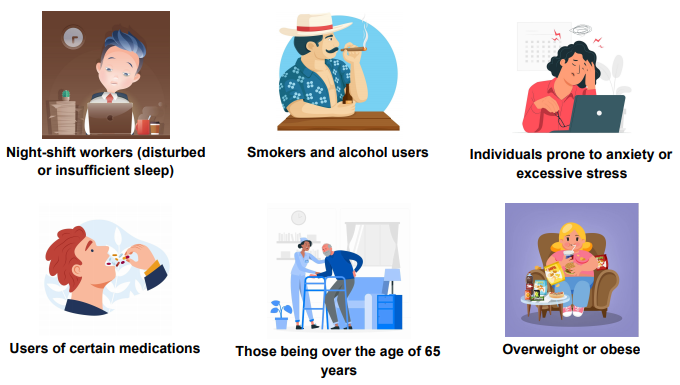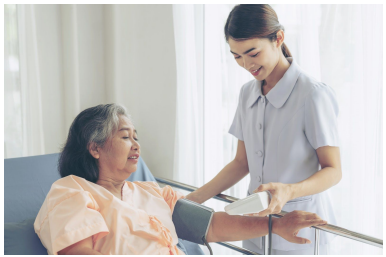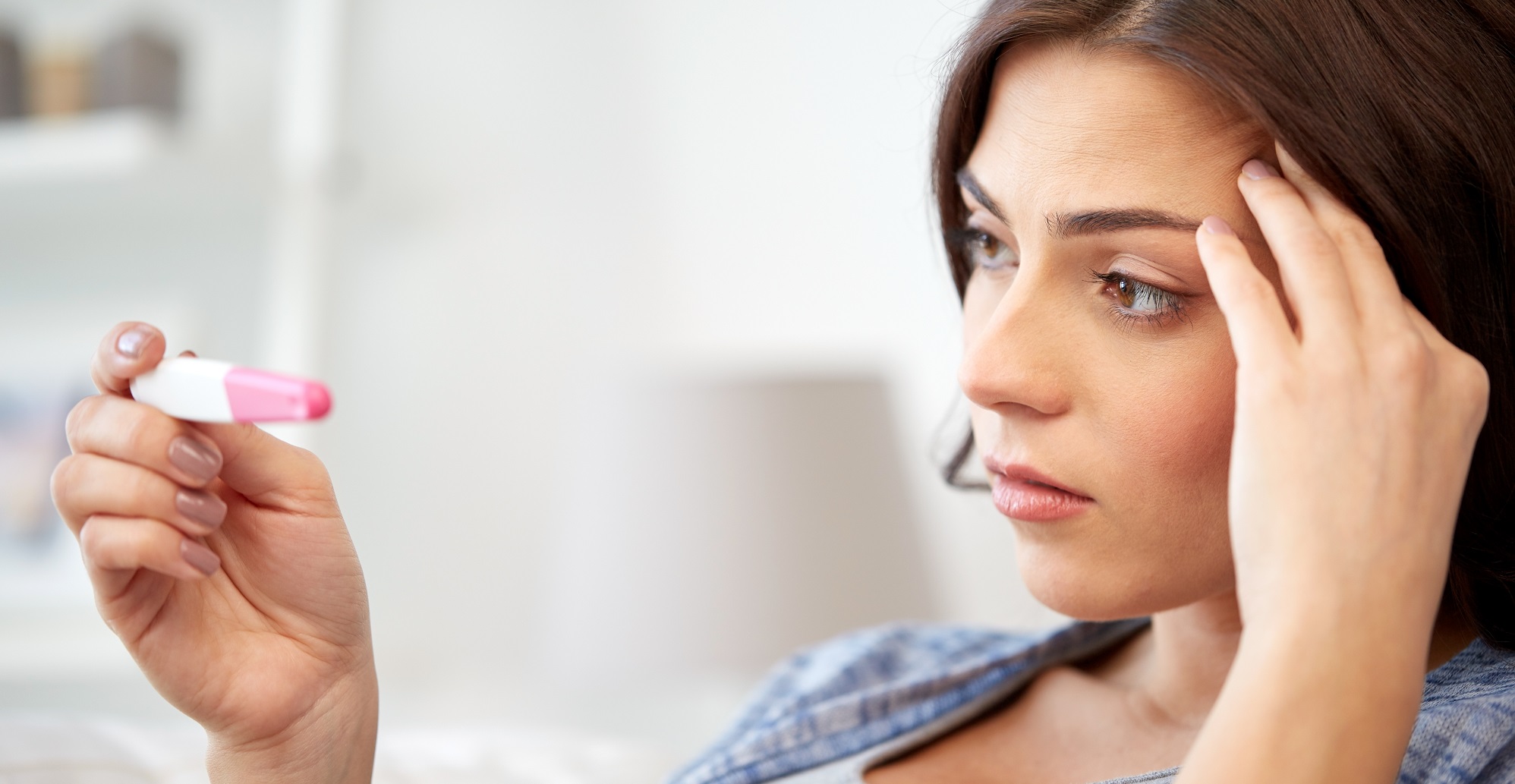What is morning hypertension?
Morning hypertension is when your blood pressure increases to more than 135/85 mmHg within 1 hour of waking up or between the morning period which is 6 am to 10 am, regardless of blood pressure during the rest of the hours of the day.1
Normal blood pressure pattern
Blood pressure normally falls by 10%–20% during night-time sleeping and increases around the time of waking up.6 It then continues to rise during the day and peak typically in the 9 middle of the afternoon.6
When we first wake up in the morning, the body releases hormones that boost our energy, i.e. adrenaline and noradrenaline. Subsequently, it raises your blood pressure as well. This hormone release is part of the mechanism of circadian rhythm, which is a 24-hour cycle that affects our sleep-wake patterns.2
Is it dangerous?
The ones who have an abnormal blood pressure pattern in the morning may be at risk of complications, such as heart attack8 and stroke7. A 2010 review stated that the onset of acute events, including sudden death, myocardial infarction and stroke peak in the first 4 to 6 hours post-awakening.3 A prospective observational study in Japan demonstrated that morning BP surge was associated with the incidence of stroke.1 This association was independent of mean 24-hour ambulatory systolic BP and other cardiovascular risk factors. Most subsequent studies have also confirmed this finding.
Who is at risk?4

How do I know if I have morning hypertension?
Patients are recommended to monitor their blood pressure at home to help determine their risk of morning hypertension by using a home blood pressure monitor, which you can easily obtain from your local pharmacy store. The American Heart Association (AHA) recommends using a cuff-style blood pressure monitor. These monitors are more reliable than monitors that attach to the finger or wrist.5

Blood pressure measured in the morning can be used for the diagnosis and therapeutic monitoring of morning hypertension. The diagnostic threshold is a BP ≥140/90 mm Hg.
When to measure10

Things to take note for accurate BP reading5
✓ Measure on the arm that gives a higher reading
✓ The lower edge of the cuff should be around two fingers above your elbow bend
✓ Measure your BP before taking any caffeinated drinks, alcohol, and/or smoking
✓ During the measurement, feet should be flat on the floor. Avoid talking, coughing or sneezing (in that case, you should measure again.)
✓ Keep track of your BP reading in a logbook
Treatment
The treatment for morning hypertension involves addressing its underlying cause, e.g. underlying medical conditions and lifestyle factors. It is best to consult a doctor and find out how to manage it.
Prevention is better than cure2
✓ Eating a balanced diet (low in sodium, refined sugar and saturated fat)
✓ Limiting alcohol intake
✓ Avoid tobacco
✓ Exercise for 90–150 minutes per week
✓ Practise stress management and relaxation techniques (yoga or meditation)
✓ Adhere to blood pressure medication, keep a log of home blood pressure readings
✓ Treat any underlying medical condition that may contribute to it
To learn more, please visit these websites:

https://www.myhealthmylife.com.my/ https://www.menshealth.com.my/
References:
- Wang JG, Kario K, Chen CH, et al. Management of morning hypertension: a consensus statement of an Asian expert panel. The Journal of Clinical Hypertension. 2018 Jan;20(1):39-44
- Pharmacy times. Early to rise? Blood pressure may be too! Available athttps://www.pharmacytimes.com/publications/issue/2007/2007-04/2007-04-6392 Accessed on 19 October 2020.
- White W. The Risk of Waking Up Impact of the morning surge in blood pressure. Hypertension. 2010 Apr; 55(4): 835–837
- Medical news today. What does high blood pressure in the morning mean? Available at https://www.medicalnewstoday.com/articles/327151#prevention-and-contro l Accessed on 7 October 2020.
- Heart.org. Monitoring your blood pressure at home. Available athttps://www.heart.org/en/health-topics/high-blood-pressure/understanding-blood-pres sure-readings/monitoring-your-blood-pressure-at-home Accessed on 7 October 2020.
- Li H, Liu J, Liu J, et al. The association between a 24-hour blood pressure patternand circadian change in plasma aldosterone concentration for patients with aldosterone-producing adenoma. International journal of endocrinology. 2019 Jul 29;2019
- Marler JR, Price TR, Clark GL, Muller JE, Robertson T, Mohr JP, Hier DB, Wolf PA,Caplan LR, Foulkes MA. Morning increase in onset of ischemic stroke. Stroke . 1989 Apr;20(4):473-6. doi: 10.1161/01.str.20.4.473. PMID: 2648651
- Muller JE, Stone PH, Turi ZG, et al. The MILIS Study Group. Circadian variation inthe frequency of onset of acute myocardial infarction. N Engl J Med. 1985;313:1315-1322
- Douma LG, Gumz ML. Circadian clock-mediated regulation of blood pressure. Free Radic Biol Med. 2018;119:108-114. doi:10.1016/j.freeradbiomed.2017.11.024
- British Hypertension Society. Home blood pressure monitoring protocol. Available at https://bihsoc.org/wp-content/uploads/2017/09/Protocol.pdf Accessed on 19 October 2020.









